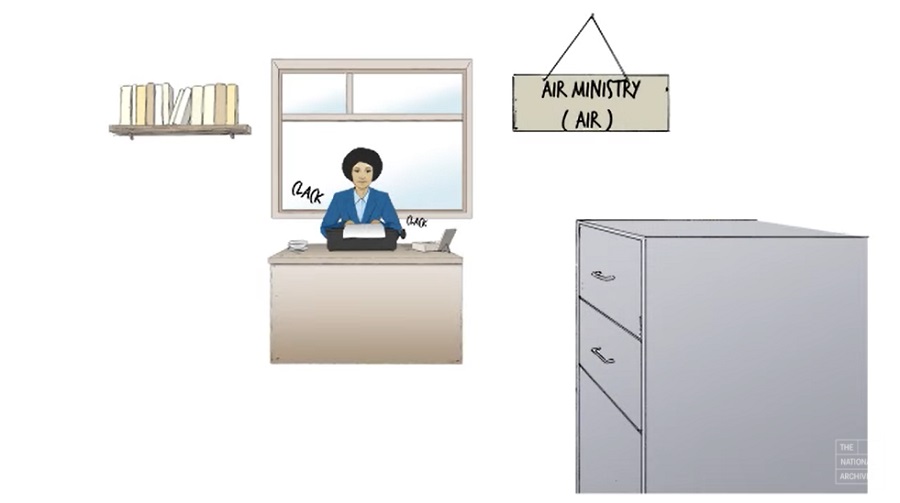Understand how to use catalogue descriptions.
Transcript
How detailed is the catalogue?
The National Archives is home to 1,000 years of government records and information.
Every year we add more records sent to us by central government. The original government descriptions of records are listed in our catalogue.
In the same way that you may name and file your own records, for example 'bank statements: 1999 to 2005', the record descriptions were created for the original government department's purpose, and there was no standard naming convention.
So descriptions may just be something like 'correspondence 1953-1955'.
So, if you were looking for details of a murder trial at the Assizes in Newcastle, you would need to first identify the geographical court district - or 'circuit' - then identify the year and quarter of the case, and then look through all those records to find the specific case details.
Think of the catalogue as a list of books in a library: the catalogue shows you what's on the shelves, but you can't search the text inside the books themselves.
More video guides
How the records are arranged
Understand how records are arranged to help save you time and make your research more productive.
Ordering documents
Find out how to copy, order and view the documents held by The National Archives and how to access popular records online.
Preparing to research
Find out where to look when you first start your research, and how to assemble and organise your findings to get better results.
Recording research results
Discover how to record all your results effectively so that you can find useful information again in the future.
